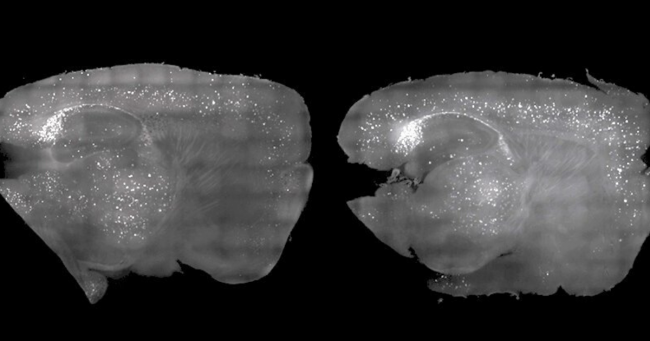Alzheimer’s disease is a progressive and irreversible type of dementia. The disease causes thinking and behaviour issues, and memory loss. The symptoms start developing slowly and then aggravate over time, leading to an inability to complete the simplest tasks.
Alzheimer’s disease affects more than 44 million people worldwide and it’s the 6th leading cause of death in the U.S. There are no pills that can stop the progression of the disease, but there are some medicament that control the symptoms.
Neuroscientists from MIT conducted a research by imitating the healthy rhythmic patterns, brain waves, that oscillate at different frequencies. Gamma brain waves operate at about 30 to 100Hz and they’re linked to higher order cognitive functions and decrease in Alzheimer’s.
In previous studies, scientists discovered that flashing light 40 times a second into the mouse’s eyes, treated Alzheimer’s, so the scientists decided to add a sound with a similar frequency.
The findings were truly impressive! The low pitched buzz and the strobe light combined, recreated brain waves lost due to Alzheimer’s.
The amyloid plaques that display the Alzheimer’s-like behavior, was drastically reduced and larger portions of the brain were cleared.
“When we combine visual and auditory stimulation for a week, we see the engagement of the prefrontal cortex and a very dramatic reduction of amyloid,” explains Li-Huei Tsai, one of the researchers from MIT’s Picower Institute for Learning and Memory.
“It’s a very provocative idea. It’s noninvasive and easy and low cost, potentially, so if it were to come to fruition in humans—that’s fabulous,” says Shannon Macauley, a neuroscientist at Wake Forest School of Medicine. Shannon was not involved in the research.
This really brings hope to patients with Alzheimer’s, because it shows that it’s possible to treat the condition drug-free and inexpensive.

